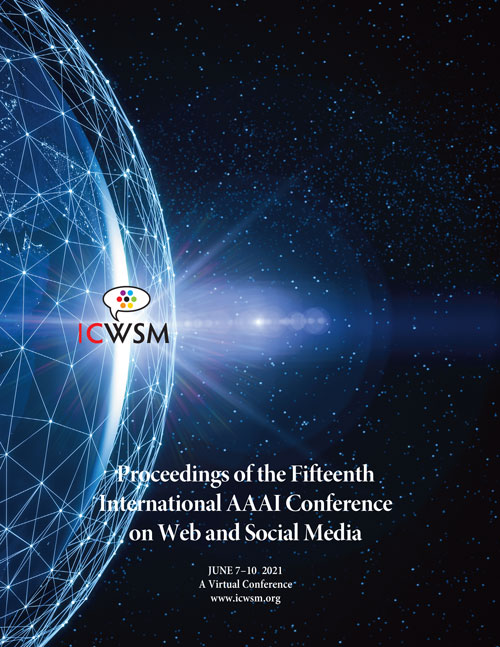Group Link Prediction Using Conditional Variational Autoencoder
DOI:
https://doi.org/10.1609/icwsm.v15i1.18092Keywords:
Trust; reputation; recommendation systems, Social network analysis; communities identification; expertise and authority discovery, Trend identification and tracking; time series forecastingAbstract
Though link prediction is a well-studied problem with a large body of solutions, existing methods do not handle the case where the predicted link is between an individual and a group. This limitation prevents link prediction models from being directly applicable to many real-life prediction problems where more than two individuals are involved. Examples of such problems include: finding missing members of a group, soliciting new members to join a group, or recommending a group for a person to join. The central aspect of all of the above problems is predicting linkage between a group and an individual, a task we refer to as group link prediction. In this work we propose an innovative method for solving group link prediction consisting of two complementary models: group-to-individual-link (member-recommendation) and individual-to-group-link (group-recommendation). Both of the proposed models use a conditional variational auto-encoder (CVAE) for solving the respective task. For a given individual (or group), the model learns a conditional probability distribution of a link for each candidate group (or individual) link. We compare our proposed model and a collection of competing models on various real-world datasets and show the superior performance of the proposed model in group link prediction.Downloads
Published
2021-05-22
How to Cite
Sha, H., Al Hasan, M., & Mohler, G. (2021). Group Link Prediction Using Conditional Variational Autoencoder. Proceedings of the International AAAI Conference on Web and Social Media, 15(1), 656-667. https://doi.org/10.1609/icwsm.v15i1.18092
Issue
Section
Full Papers

